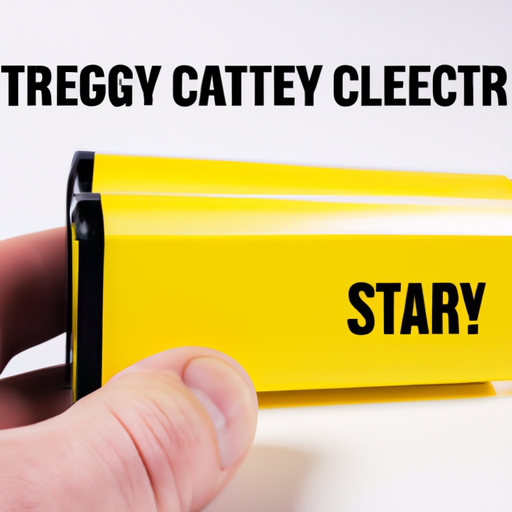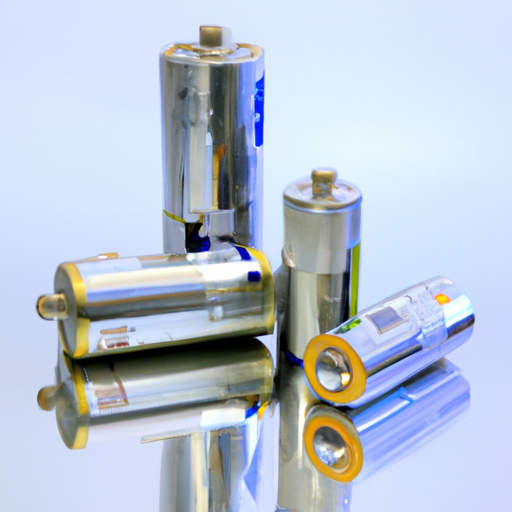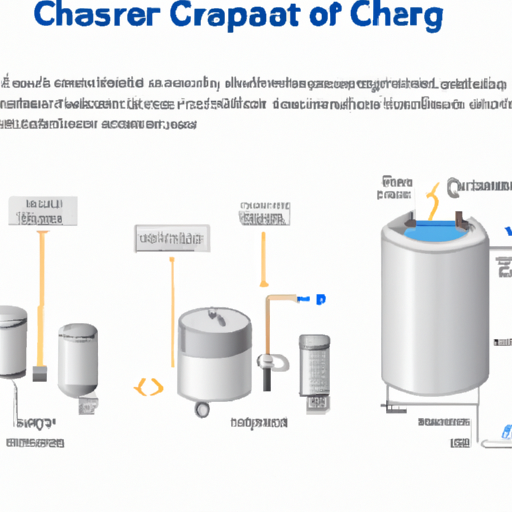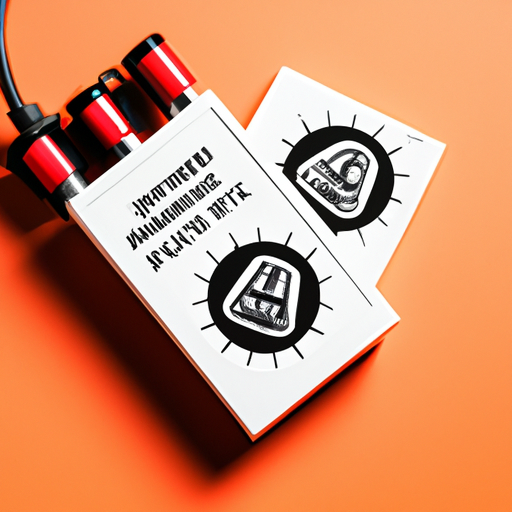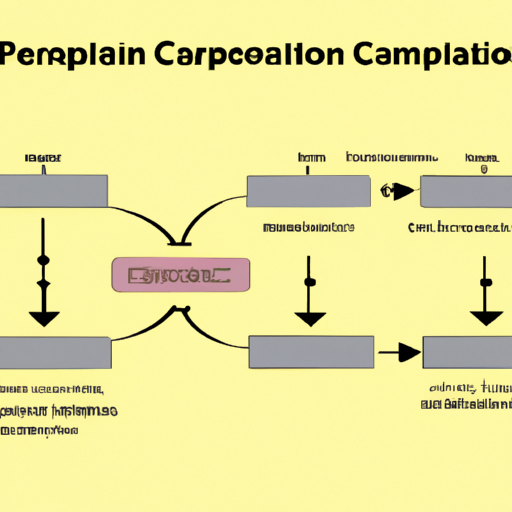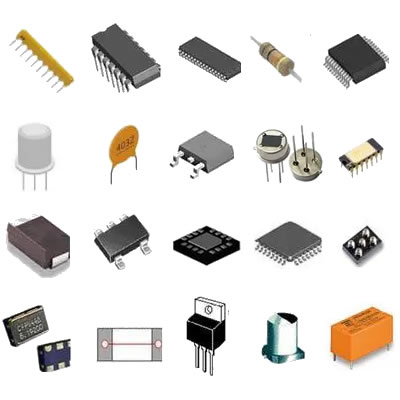An article will help you understand what capacitor energy storage is
Understanding Capacitor Energy Storage
I. Introduction
In an era where energy efficiency and sustainability are paramount, understanding the mechanisms of energy storage is crucial. One of the most fascinating and versatile components in the realm of energy storage is the capacitor. Capacitor energy storage refers to the ability of capacitors to store and release electrical energy, making them essential in various applications, from consumer electronics to renewable energy systems. This article will delve into the fundamentals of capacitors, the science behind their energy storage capabilities, their applications, advantages, limitations, and future trends in capacitor technology.
II. Basics of Capacitors
A. What is a Capacitor?
A capacitor is an electronic component that stores electrical energy in an electric field. It consists of two conductive plates separated by an insulating material known as a dielectric. When a voltage is applied across the plates, an electric field is created, allowing the capacitor to store energy. The primary function of a capacitor is to store and release electrical energy as needed, making it a vital component in many electronic circuits.
B. Types of Capacitors
Capacitors come in various types, each suited for specific applications:
1. **Electrolytic Capacitors**: These capacitors are polarized and typically used in power supply applications due to their high capacitance values.
2. **Ceramic Capacitors**: Known for their stability and reliability, ceramic capacitors are commonly used in high-frequency applications.
3. **Film Capacitors**: These capacitors are made from thin plastic films and are known for their low loss and high insulation resistance.
4. **Supercapacitors**: Also known as ultracapacitors, these devices have a much higher capacitance than traditional capacitors and can store significant amounts of energy.
C. How Capacitors Store Energy
Capacitors store energy through the principle of charge storage. When a voltage is applied, electrons accumulate on one plate, creating a negative charge, while the other plate loses electrons, resulting in a positive charge. The amount of energy stored in a capacitor is determined by its capacitance and the voltage applied across it.
III. The Science Behind Capacitor Energy Storage
A. Energy Storage Equation
The energy stored in a capacitor can be calculated using the formula:
\[
E = \frac{1}{2} C V^2
\]
Where:
- \(E\) is the energy stored (in joules),
- \(C\) is the capacitance (in farads),
- \(V\) is the voltage (in volts).
This equation illustrates that the energy stored in a capacitor increases with the square of the voltage, highlighting the importance of voltage in energy storage.
B. Charge and Discharge Cycles
Capacitors undergo charge and discharge cycles, which are fundamental to their operation. When connected to a power source, a capacitor charges up to the supply voltage. During discharge, the stored energy is released back into the circuit, providing power to connected components. The speed of these cycles is one of the reasons capacitors are favored in applications requiring rapid energy delivery.
C. Factors Affecting Energy Storage Capacity
Several factors influence a capacitor's energy storage capacity:
1. **Capacitance Value**: Higher capacitance allows for more charge storage.
2. **Voltage Rating**: The maximum voltage a capacitor can handle affects the energy it can store.
3. **Temperature Effects**: Temperature can impact the performance and reliability of capacitors, affecting their capacitance and leakage current.
IV. Applications of Capacitor Energy Storage
Capacitors play a crucial role in various applications across different sectors:
A. Consumer Electronics
In consumer electronics, capacitors are used for power supply smoothing, filtering out voltage fluctuations to provide a stable power source. They are also integral to timing circuits, where they help regulate timing intervals in devices like clocks and timers.
B. Renewable Energy Systems
Capacitors are increasingly used in renewable energy systems. In solar energy applications, they store excess energy generated during peak sunlight hours for use during low production periods. Similarly, in wind energy systems, capacitors help manage energy fluctuations and stabilize output.
C. Electric Vehicles
In electric vehicles (EVs), capacitors, particularly supercapacitors, are used to provide quick bursts of energy for acceleration and regenerative braking. They complement batteries by enhancing performance and extending the lifespan of the battery system.
D. Industrial Applications
Capacitors are essential in industrial settings for power factor correction, improving the efficiency of electrical systems. They also serve as energy storage solutions in manufacturing processes, ensuring a steady power supply for machinery.
V. Advantages of Capacitor Energy Storage
Capacitor energy storage offers several advantages:
A. Fast Charge and Discharge Rates
Capacitors can charge and discharge much faster than batteries, making them ideal for applications requiring rapid energy delivery.
B. Long Cycle Life Compared to Batteries
Capacitors can endure millions of charge and discharge cycles without significant degradation, far surpassing the lifespan of traditional batteries.
C. High Power Density
Capacitors have a high power density, allowing them to deliver large amounts of power in a short time, which is crucial for applications like electric vehicles and power supplies.
D. Environmental Benefits
Capacitors are generally more environmentally friendly than batteries, as they do not contain harmful chemicals and can be recycled more easily.
VI. Limitations of Capacitor Energy Storage
Despite their advantages, capacitor energy storage has limitations:
A. Lower Energy Density Compared to Batteries
Capacitors typically have a lower energy density than batteries, meaning they store less energy per unit volume or weight. This limits their use in applications where long-term energy storage is required.
B. Voltage Drop During Discharge
As capacitors discharge, their voltage decreases, which can be a disadvantage in applications requiring a stable voltage output.
C. Cost Considerations
While prices have been decreasing, high-capacity capacitors, especially supercapacitors, can still be relatively expensive compared to traditional batteries.
D. Size and Weight Constraints
High-capacity capacitors can be bulky and heavy, which may limit their use in portable applications.
VII. Future Trends in Capacitor Technology
The future of capacitor technology is promising, with several trends emerging:
A. Advances in Materials Science
Research into new materials, such as graphene and nanotechnology, is paving the way for capacitors with higher capacitance and energy density, potentially overcoming current limitations.
B. Integration with Other Energy Storage Systems
Capacitors are increasingly being integrated with other energy storage systems, such as batteries, to create hybrid systems that leverage the strengths of both technologies.
C. Potential for Smart Grid Applications
As smart grids become more prevalent, capacitors will play a vital role in managing energy flow, stabilizing voltage, and enhancing the efficiency of energy distribution.
D. Research and Development in Supercapacitors
Ongoing research into supercapacitors aims to improve their energy density and reduce costs, making them more viable for a broader range of applications.
VIII. Conclusion
Capacitor energy storage is a critical component of modern technology, offering unique advantages in speed, longevity, and environmental impact. As we continue to explore and innovate in this field, capacitors will play an increasingly important role in the future of energy storage. Understanding the principles and applications of capacitor energy storage not only enhances our knowledge of electronics but also encourages further exploration into sustainable energy solutions.
IX. References
For those interested in delving deeper into the topic of capacitor energy storage, the following resources provide valuable insights:
1. "Capacitors: Principles and Applications" - Academic Journal
2. "Energy Storage Technologies: A Review" - Research Paper
3. Online platforms like Coursera and edX offer courses on electronics and energy storage systems.
By understanding capacitors and their energy storage capabilities, we can better appreciate their role in shaping the future of technology and energy management.

